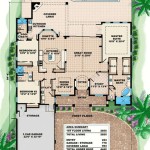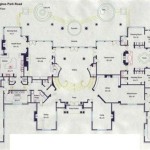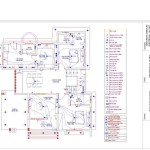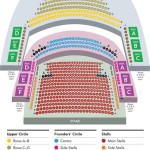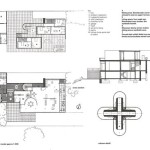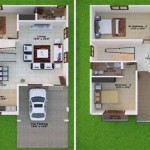Commercial House Plans: Essential Aspects for a Successful Building Project
Commercial house plans serve as the foundation for any successful commercial building project. They provide a comprehensive blueprint for the structure, layout, and systems of a building, ensuring its functionality, safety, and aesthetic appeal. Understanding the essential aspects of commercial house plans is crucial for developers, investors, and architects alike.
1. Site Analysis and Planning
The site analysis involves studying the physical characteristics of the land, including its topography, soil conditions, and environmental factors. This information helps determine the optimal location and orientation of the building, as well as the foundation and drainage systems required.
2. Architectural Design
The architectural design encompasses the overall appearance, layout, and functionality of the building. It includes decisions on floor plans, room sizes, circulation patterns, and architectural style. Commercial house plans must consider building codes, zoning regulations, and the specific needs of the intended business or organization.
3. Structural Engineering
Structural engineering ensures the stability and safety of the building. It involves calculations for load-bearing capacity, wind resistance, earthquake resistance, and other structural considerations. Proper structural engineering ensures that the building can withstand various forces and remain sound over time.
4. Mechanical, Electrical, and Plumbing (MEP) Systems
MEP systems are crucial for the comfort and functionality of the building. Mechanical systems include heating, ventilation, and air conditioning (HVAC), while electrical systems encompass power distribution, lighting, and communication. Plumbing systems involve water supply, drainage, and waste disposal. These systems must be carefully designed and integrated to create a comfortable and efficient indoor environment.
5. Energy Efficiency and Sustainability
With increasing awareness of environmental concerns, energy efficiency and sustainability have become essential aspects of commercial house plans. Green building techniques, such as insulation, energy-efficient appliances, and renewable energy sources, can reduce operating costs and minimize the environmental impact of the building.
6. Fire Safety and Security
Fire safety and security measures are paramount for commercial buildings. Fire prevention systems, such as sprinklers and fire alarms, are essential for protecting the occupants and the property. Security systems, such as surveillance cameras and access control, enhance the safety and well-being of employees and visitors.
7. Accessibility and Universal Design
Commercial house plans should adhere to accessibility standards and incorporate universal design principles. This ensures that the building is accessible and usable for people with disabilities and the elderly. Features such as ramps, accessible restrooms, and wide doorways create an inclusive environment for all.
8. Building Materials and Finishes
The choice of building materials and finishes impacts the durability, sustainability, and aesthetic appeal of the building. Durable materials, such as concrete and steel, can withstand harsh conditions and ensure longevity. Finishes, such as paint, flooring, and fixtures, contribute to the ambiance and functionality of the interior spaces.
9. Landscape Architecture
Landscape architecture complements the overall design of the commercial building. It involves the planning and design of outdoor spaces, including parking lots, walkways, and landscaping. Well-designed landscaping enhances the aesthetic appeal, improves property value, and creates a welcoming environment for employees and visitors.
10. Construction Cost Management
Construction cost management is vital to ensure the project remains within budget. Commercial house plans should include detailed estimates and specifications to minimize unexpected expenses. Cost-effective design choices and value engineering can help reduce construction costs without compromising quality.
By carefully considering these essential aspects, developers and architects can create commercial house plans that meet the functional, aesthetic, and safety requirements of any project. Well-executed plans ensure a successful building process, creating a space that enhances the business operations and serves its intended purpose effectively.
Commercial Building Plans With Dimensions How To Plan

Office Layout Commercial Building Plans Floor Plan

3 Y Commercial Building Floor Plan 80 X 60 First Plans Design

Pin By Rebecka Schoenecker Stich On Building Office Floor Plan Plans

House Plan For 50 Feet By 65 Plot Size 361 Square Yards Gharexpert Com N Plans 10 Marla Budget

Commercial Building Plans Strip Mall West Main Floor Plan How To

Architectural Plans Naksha Commercial And Residential Project Gharexpert Com

Floor Plans Pinnacle Real Estate Photography

Floor Plan Visuals

House Plans Designs And Floor

